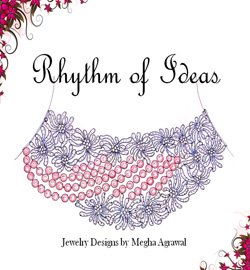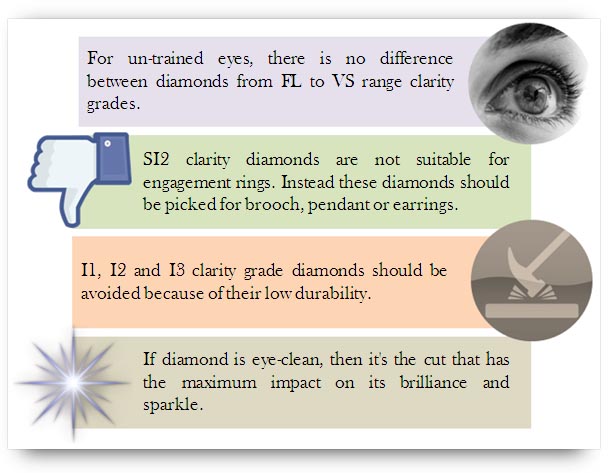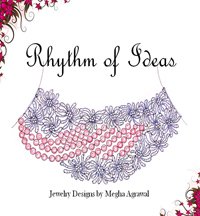Diamond Clarity Grade Selection
Selection of diamond based on its clarity grade plays a very important role during its buying process. This article will provide you few tips and tricks related to diamond clarity grade that should help you in taking intelligent decision while purchasing diamond.
But, before we go further, do read clarity grading of diamond to get the basic idea of how diamond is graded on the basis of its clarity.
To start with, it is important to note that as the clarity grade of diamond lowers, it becomes easier to detect the internal and external flaws in diamond.
Also, always keep in mind that although flawless diamonds are extremely rare and very expensive, high degree of clarity is not needed for diamond to have great sparkle.
If the diamond is clean to naked eye, then it’s the cut of diamond that imparts maximum sparkle and brilliance in diamond and not its high clarity grade.
Diamond Clarity Grade Selection: Things to Remember
It’s extremely difficult for an untrained eye to detect inclusions or blemishes in FL, IF, VVS1, and VVS2 even under 10X magnifying lens. Also, while seeing through naked eye there appears no visible difference in clarity of diamonds in range of FL to VS grade.
For regular wearing
purpose, I don’t recommend highest clarity grade diamonds, like FL, IF.
This is because due to continuous wear and tear, clarity of diamond may
reduce.
VS1 and VS2 grade diamonds have inclusions that are very difficult to be detected even under 10X magnification. However, you may not find these inclusions affecting the beauty and durability of diamond. So, what’s the point of paying more for higher clarity grades knowing that they don’t make much difference on its appearance if seen through naked eye!
Although, SI1 and SI2 grade diamonds have inclusions that are visible under 10X magnification, these are good quality diamonds with lots of sparkle at reasonable price. However, some SI2 diamonds have inclusions which are visible even through unaided eye. So, my suggestion will be not to use such diamonds in engagement rings, instead these can be used in pendant, brooch or earrings.
I1, I2 and I3 grade diamonds should be avoided as they have low durability. It’s better to buy SI1 diamond rather than going for I1 clarity and then facing problem with its durability.
So my suggestion is, for Round Brilliant Cut, you can choose between VS2 and SI1 for best clarity in reasonable price. For Step Cut (shapes like emerald and baguette) diamonds in which inclusions are easily visible, opt for VS2 (instead of SI1) clarity diamonds that will offset visibility of inclusions.
Don’t get fooled by jewelers when
they suggest you to go for VVS1 instead of VS1 or SI1 giving reason that
VVS1 clarity diamonds are more sparkling. I will reiterate -
if the diamond is eye clean then it’s the cut of diamond and not its
higher clarity grade that determines its sparkle. A diamond doesn't need to internally flawless or VVS grade, to be beautiful.
Don’t pay for IF clarity diamond thinking it’s internally flawless, as we know all diamonds have inclusions. Flawless diamond just implies that its inclusions are not visible through 10X magnifying lens. It's only after increasing the magnification to 20X or 30X that the inclusions and blemishes will be visible to you.
In fact, with advent of diamond treatment and synthetic diamonds, minor inclusions may become more sought-after feature as a proof of natural stone.
So my advice is, instead of compromising on other characteristics of diamond - i.e. cut, carat and color - and paying high price for IF clarity diamonds, choose diamonds with VS2 clarity. This is because diamonds in IF to VS2 grade does not have any visible difference in terms of beauty. So, you can invest your hard-earned money considering other factors that have visible effect on pulsating beauty of diamond.
| Share Your Jewelry Buying Experience and also read what other visitors have shared. |
Check for Enhancement Techniques
These days enhancement techniques like fracture filling and laser drill are used on diamond to lessen the impact of inclusions and enhance the appearance of diamonds to increase its saleability. Such treated diamonds are available for lesser value.
Leading gem grading labs - like GIA - don't grade diamonds undergone temporary clarity enhancement (fracture-filling). However, they issue grading reports for laser-drilled diamonds.
Therefore before buying, ask jeweler whether diamond in question is treated. If it is treated then you will have a margin for bargaining with jeweler. I don’t want you to be charged more when you can get those diamonds for lesser value.
So, keep in mind the above mentioned points regarding clarity grade selection and avoid falling in sellers' trap. Know Better to Get Better!
Return from Diamond Clarity Grade Selection to Clarity of Diamond
Return from Diamond Clarity Grade Selection to Diamond Jewelry Homepage
I hope you'll not mind sharing this on Twitter, Facebook and with everyone else :)
Feel free to share if something is in your mind and want it to be covered on this site.
My Newsletter
Did you liked this article? Sign-up my FREE weekly newsletter and I'll send you more awesome new additions on this website along with latest jewelry happenings around the world, and download my Jewelry Design Album for FREE!
 |
|



